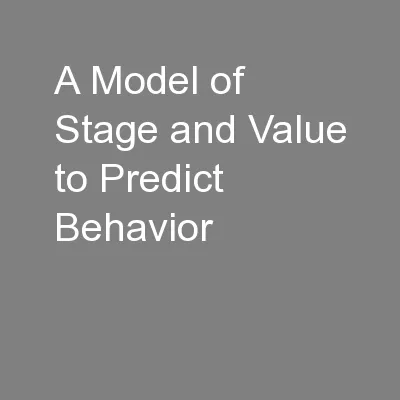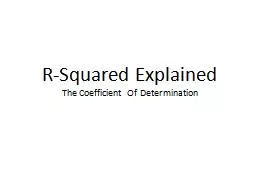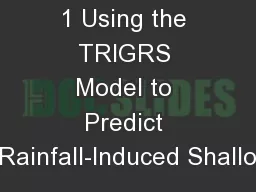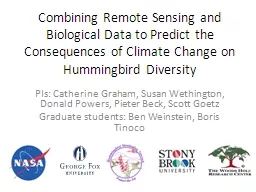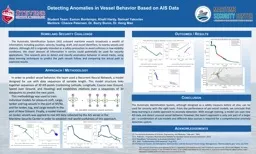PPT-A Model of Stage and Value to Predict Behavior
Author : trish-goza | Published Date : 2016-11-18
Michael Lamport Commons Harvard Medical School Commonstiacnet Presented to the Department of Psychology University of Minho Thursday July 4 th 2012 Braga Portugal
Presentation Embed Code
Download Presentation
Download Presentation The PPT/PDF document "A Model of Stage and Value to Predict Be..." is the property of its rightful owner. Permission is granted to download and print the materials on this website for personal, non-commercial use only, and to display it on your personal computer provided you do not modify the materials and that you retain all copyright notices contained in the materials. By downloading content from our website, you accept the terms of this agreement.
A Model of Stage and Value to Predict Behavior: Transcript
Download Rules Of Document
"A Model of Stage and Value to Predict Behavior"The content belongs to its owner. You may download and print it for personal use, without modification, and keep all copyright notices. By downloading, you agree to these terms.
Related Documents

